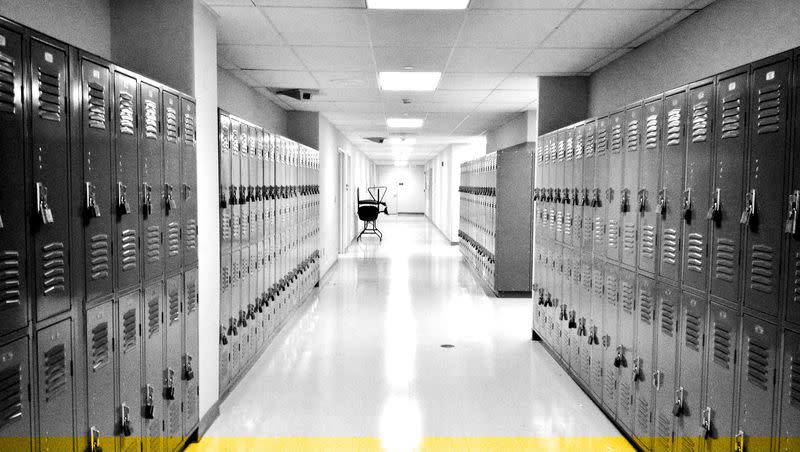A back-to-school necklace sounds innocent — but it has a darker meaning

With back-to-school season coming up, it’s normal to see school-related topics trending on social media. But the latest social media trend — back-to-school necklaces — might have a more disturbing meaning than you’d expect.
What is a back-to-school necklace?
According to Urban Dictionary, an online dictionary that defines internet or cultural slang, a back-to-school necklace is “another name for a noose. This is due to the utter despair you feel when school starts back up again.”
So, although a back-to-school necklace sounds innocent enough to those unaware of its real meaning, it is actually a cry for help as it's a code for death by hanging.
But once parents are educated on this term, they are in a better position to help. #Listen— @CharlieNobal (@charlienobal) July 28, 2022
In other words, if you hear a child discussing getting a back-to-school necklace, it’s potentially another term for death by suicide. While this is likely attributed to Gen Z’s dark sense of humor, it still brings attention to something important: depression among teens.
Related
What are the signs of depression?
According to the Centers for Disease Control and Prevention, among children between the ages of 12 and 17 in 2018 and 2019, 15% experienced a significant depressive episode and 36% often felt sad and hopeless.
If you’ve got a child in school, here are some signs of depression to look out for, per the Mayo Clinic:
Irritable mood.
Lack of interest in favorite activities and friends or family.
Extreme sensitivity to rejection.
Low self-esteem.
Extreme self-criticism or blame.
Lack of energy.
Insomnia or sleeping excessively.
Changes in appetite.
Sudden weight loss or gain.
Isolation.
Sudden dip in school performance.
How can I improve my child’s mental health?
Balancing school and mental health can be difficult for kids, especially at the beginning of the school year. Here are a few tips on how to help combat child and teen depression during the school year:
Go for a walk outside. While exercising might feel like the last thing they want to do, going for a quick walk can help improve your child’s mood.
Have attainable goals. When school starts, your child likely has a lot on their plate. Encourage them to make realistic and achievable goals to stay organized.
Write in a journal. Your child might have a hard time expressing their feelings. A journal could help them begin to understand their emotions.
Create a routine. Depression could be impacting your child’s motivation. Creating a daily routine might help your child stay productive.
Related
Mental health resources
Ultimately, there’s only so much you can do to help your child’s mental health. If your child or teen are suffering from severe depression, it might be time to consult a mental health professional.
If you or a loved one are struggling with depression, call the Substance Abuse and Mental Health Services Administration’s (SAMHSA) national helpline at 1-800-662-HELP (4357).

